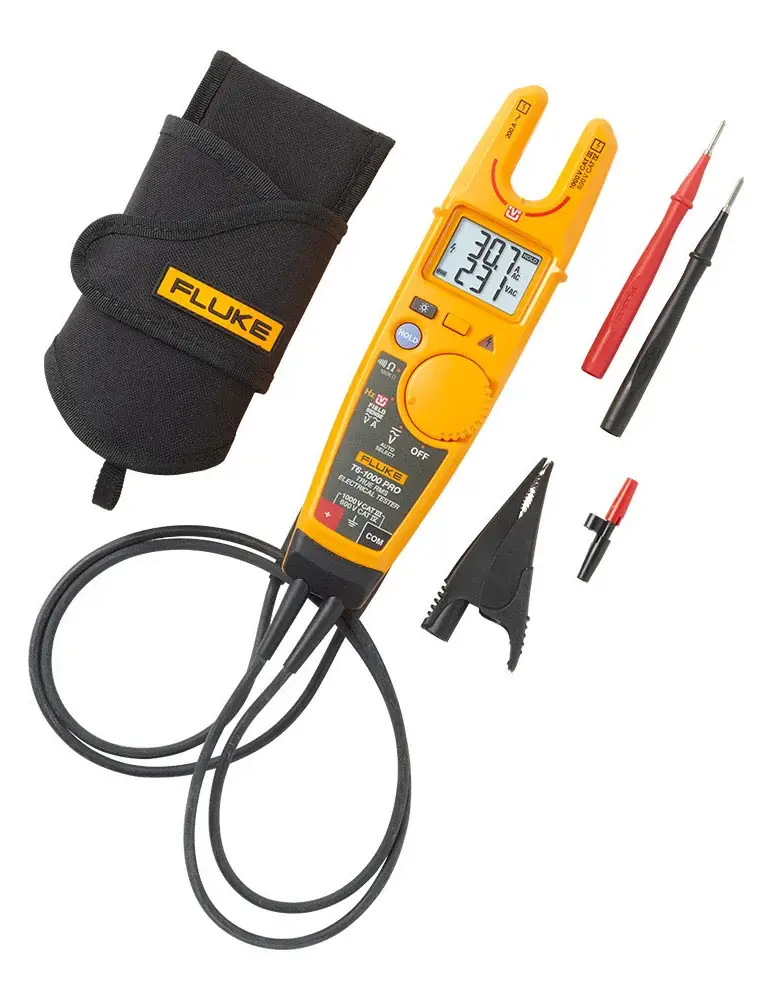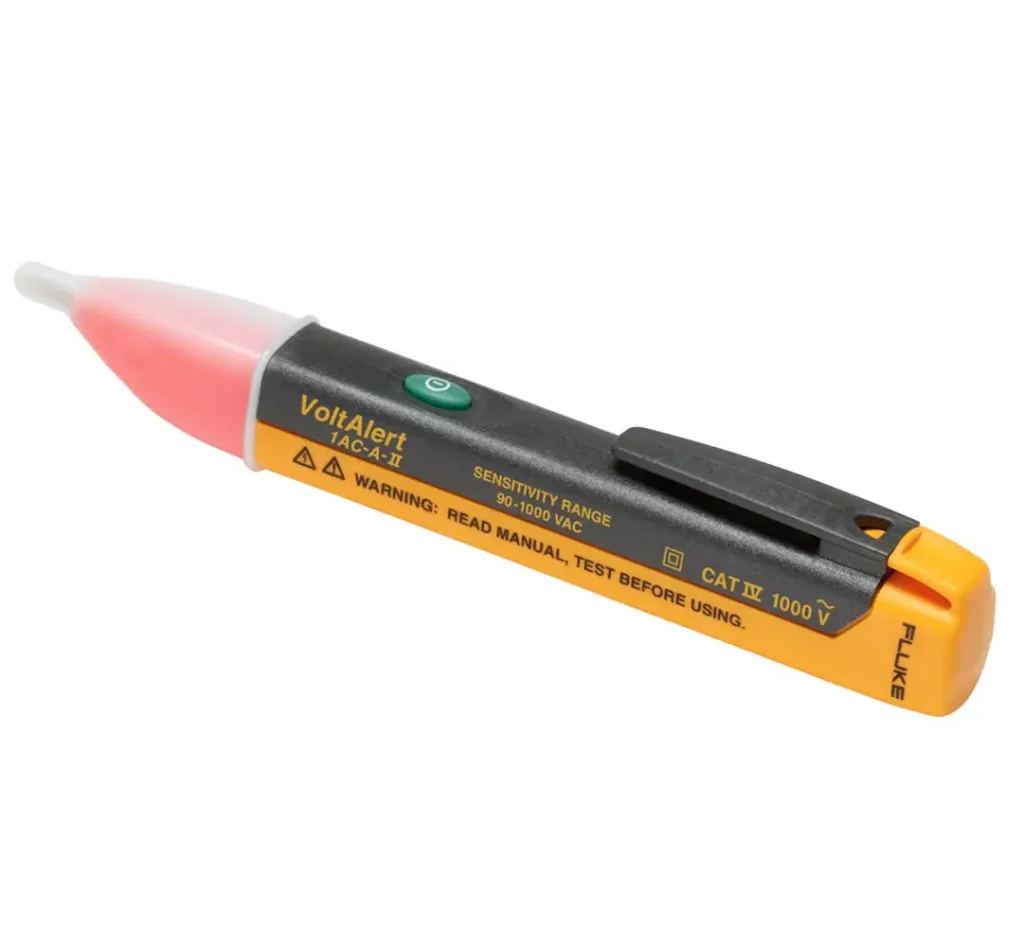A voltage tester is a tool used to detect the presence or absence of electrical voltage in circuits, outlets, wires, and devices. It helps identify live wires and verify that power is safely off before beginning electrical work.
In IT environments, a voltage tester is essential for safe installation and maintenance of power supplies, server racks, and networking equipment. Whether you’re troubleshooting a rack-mounted UPS or wiring a data centre’s power distribution unit (PDU), using a voltage tester can prevent equipment damage and personal injury. These tools come in several forms, from basic non-contact testers to advanced multimeters with voltage detection functions.

Common types of voltage testers include:
- Non-contact voltage testers (NCVT): Detect voltage without touching exposed wires
- Two-probe testers: Require contact with conductors to show voltage presence
- Multimeters: Measure voltage along with current, resistance, and more
- Continuity testers with voltage indication: Confirm both live voltage and circuit continuity
Key uses of a voltage tester:

- Confirm if a circuit is live before working on it
- Identify faulty or incorrectly wired outlets
- Safely troubleshoot IT power issues
- Test voltage levels during server or hardware installation
Alternative names and related terms include electrical tester, voltage detector, voltage sensor, live wire tester, and volt stick. In Australian IT and electrical work, a voltage tester is a standard safety tool, often used in compliance with workplace health and safety guidelines.
For IT technicians and electricians alike, a voltage tester is not just a convenience—it’s a frontline tool for ensuring safety, reducing downtime, and maintaining confidence when working with live circuits or high-value electronic systems.